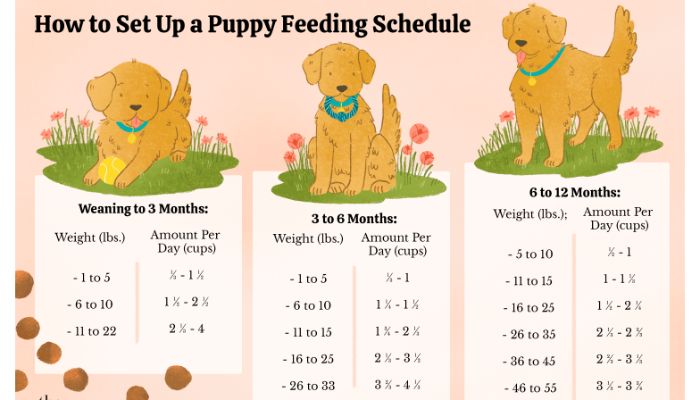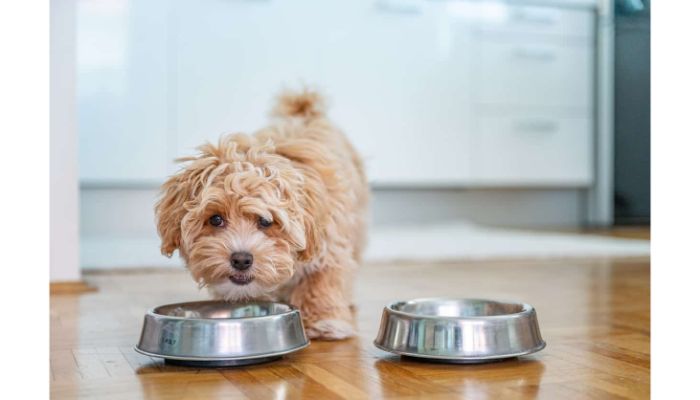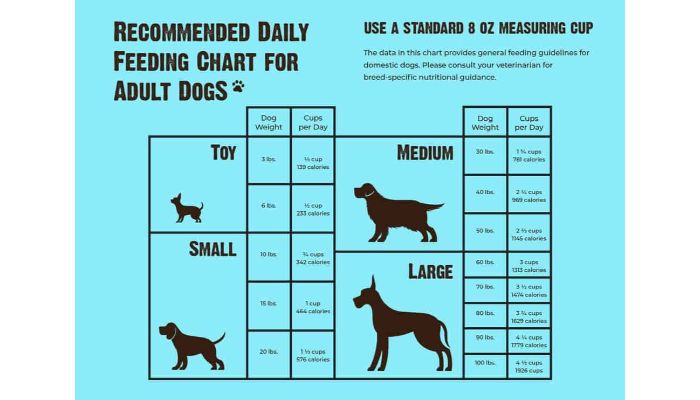When it comes to your furry friend, ensuring they get the proper nutrition is essential. With the right meal frequency and timing, you can give your pup the best chance of living a long and healthy life.
So, how can you make sure you’re giving your pup the best when it comes to mealtime? Read on to find out the best time to feed your pooch.
Understanding Dog Nutrition:
Gaining an understanding of your dog’s nutritional needs is key to ensuring they stay healthy and happy. Providing balanced nutrition that’s tailored to your pet’s individual needs should be a top priority. This includes taking into account their age, breed, size, and activity level.
Additionally, it’s important to be aware of weight management and digestive health. Quality dog food should provide the appropriate balance of proteins, fats, carbohydrates, vitamins, and minerals. If your pet requires more specialized nutrition, consult with your veterinarian.
To guarantee your pup is receiving the nutrition they need, read the labels of all pet food to make sure it meets the nutritional requirements of your dog.
Meal Frequency and Timing:

Once you understand your pup’s nutritional needs, it’s important to consider meal frequency and timing. Dogs need to be fed at least twice a day, ideally in the morning and in the evening. Early meals can help keep your pup’s energy levels up throughout the day.
If you feed your dog the same portion size each time, it can help them maintain a healthy weight. Be sure not to overfeed them, as this can lead to obesity and other health problems. Consider your pup’s lifestyle and schedule when deciding on the frequency and timing of their meals.
It’s also important to provide your pup with access to fresh water throughout the day. When done properly, feeding your pup can help them stay healthy and happy.
Considerations for Different Breeds:
When it comes to feeding your dog, you must take into account the breed’s individual needs. For example, breeds with high exercise needs require more food than breeds that are less active. Furthermore, certain breeds have specific digestive health issues that require special food varieties.
| Breed | Exercising Needs | Digestive Health |
|---|---|---|
| Labrador Retriever | High | No special needs |
| Pug | Low | Sensitive stomach |
| German Shepherd | High | No special needs |
| Chihuahua | Low | No special needs |
| Golden Retriever | High | No special needs |
When considering the best meal timing for your dog, it is important to take into account the breed’s individual needs. Knowing the exercising needs and digestive health of your breed will help you provide the best nutrition for your pet. Additionally, providing food variety is also important to keep your dog in optimal health.
Benefits of a Feeding Schedule:

By establishing a regular feeding schedule, you can ensure that your dog receives the necessary nutrition to stay healthy. Meal planning helps you provide your pup with the proper portion size for their age and breed. This eliminates the risk of overfeeding and obesity, as well as reducing the chance of digestive issues.
A consistent feeding schedule can also help keep your pup’s energy levels more consistent throughout the day. It also helps regulate their hunger cues, making it easier to determine when they’re full and shouldn’t be given extra food.
Additionally, a set feeding schedule can help keep your pup on a regular potty schedule, making house-training much easier. Ultimately, a consistent feeding schedule can help you ensure your pup remains healthy and happy.
Setting a Feeding Routine:

To get your pup on track to a healthy lifestyle, you’ll need to create a routine for when you feed them. Establishing a consistent feeding method can help you create healthy eating habits for your pup.
It’s important to set certain times for meal times, such as twice a day, and stick to that routine as much as possible. You may also want to consider feeding your pup in the same location every time. This will help them recognize the routine and understand when meal times are.
It’s also a good idea to feed your pup at the same time every day, as this will help them adjust to the schedule. You should also consider providing your pup with a variety of food, as this will help them maintain a balanced diet.
Frequently Asked Questions:
When deciding how much to feed your dog, it’s best to consider their age, size, and activity level. Portion size should be adjusted accordingly to ensure they get the proper nutrition.
Studies show that overfeeding can cause health issues in dogs. Free-feeding can lead to overeating, so portion control and healthy dog treats are important. Consider carefully before free-feeding your dog.
It’s important to consider your dog’s dietary needs and any food allergies when selecting the best food for their age and breed. Research the nutritional requirements for their age and breed and choose a food that meets those requirements.
You must be mindful of meal timing and portion size when feeding your pooch! Eating too much or at the wrong time may lead to weight gain and stomach upset. So, take care to ensure your pup stays healthy and happy.
When it comes to feeding puppies, it is important to keep in mind their walking schedule and portion size. Make sure to feed them at regular intervals and portions that are appropriate for their age.
Conclusion:
Having a consistent feeding routine for your dog is an important part of providing them with a balanced diet. Studies have shown that dogs that are fed at regular intervals throughout the day consume 15-20% fewer calories than those who are fed only once or twice daily.
Establishing a feeding schedule that works best for you and your pup can help keep them healthy and happy.

Hey there, I’m Janet Brooks, a dog-loving student from California. I’m all about helping pups in need, especially those without homes. Me and my awesome friends work together to give shelter and love to stray dogs. Oh, and I also write blogs about dogs to share helpful info.